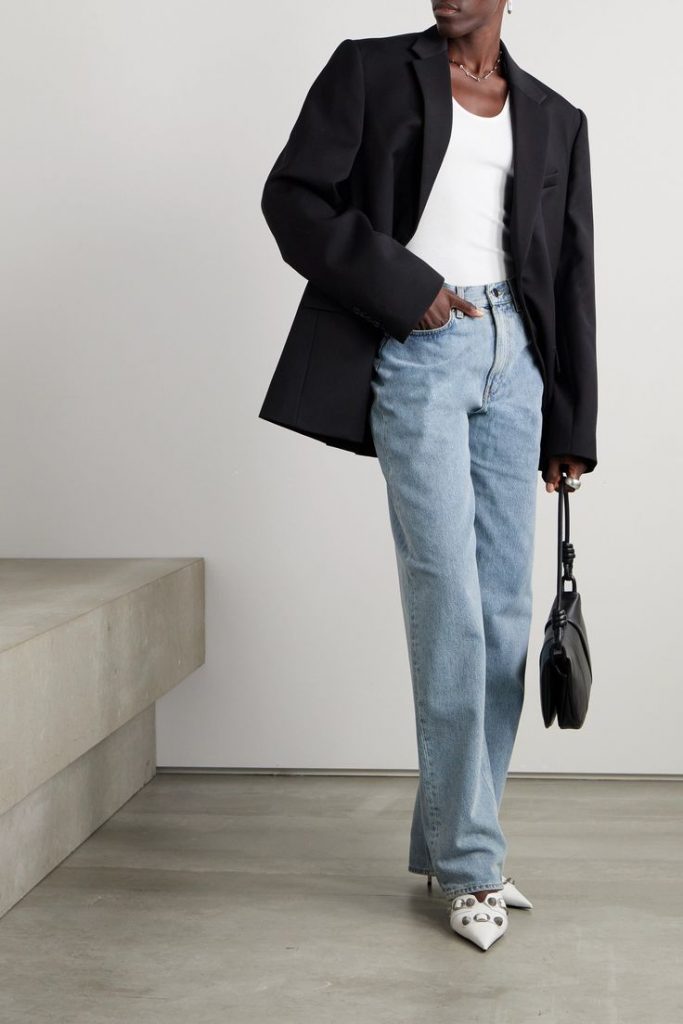In today’s fast-paced world, the concept of a minimalist wardrobe has gained significant traction. Embracing a minimalist approach means curating a collection of clothing that is not only stylish but also functional, allowing you to express your individuality with fewer pieces. This guide, “Minimalist Wardrobe: How To Style With Fewer Pieces,” will delve into the art of simplifying your closet while maximizing your outfit potential. By focusing on quality over quantity, you can create a versatile wardrobe that reflects your personal style and values.
Throughout this article, you will learn essential tips on how to select key pieces that can be mixed and matched effortlessly. We will explore the importance of choosing timeless items that withstand seasonal trends, ensuring your wardrobe remains relevant year after year. Additionally, we will discuss practical strategies for organizing your clothing, making it easier to put together chic outfits without the overwhelm of excess choices.
Moreover, we will highlight the benefits of a minimalist wardrobe, including reduced decision fatigue and a more sustainable approach to fashion. By the end of this article, you will be equipped with the knowledge and inspiration needed to embark on your minimalist journey. So, if you’re ready to transform your closet and simplify your style, keep reading to discover how to style with fewer pieces and embrace a more intentional way of dressing.
Understanding the Concept of Minimalism in Fashion
Minimalism in fashion is about embracing simplicity and functionality. It encourages individuals to focus on quality over quantity, leading to a more sustainable approach to clothing. By selecting versatile pieces that can be mixed and matched, you can create a variety of outfits without the clutter of a traditional wardrobe. This approach not only reduces decision fatigue but also promotes a more intentional way of dressing.
Incorporating minimalist principles into your wardrobe means choosing timeless styles that transcend seasonal trends. This can include classic items such as a well-fitted blazer, a little black dress, or a pair of tailored trousers. By investing in these staple pieces, you can ensure that your wardrobe remains relevant and stylish for years to come.
Building a Capsule Wardrobe
A capsule wardrobe is a curated collection of clothing that consists of essential items that can be easily mixed and matched. Typically, a capsule wardrobe includes around 30-40 pieces, including tops, bottoms, outerwear, and shoes. The goal is to create a cohesive wardrobe where each piece complements the others, allowing for endless outfit combinations.
To build your capsule wardrobe, start by assessing your current clothing collection. Identify which items you wear frequently and which ones you can let go of. Focus on selecting versatile pieces in neutral colors that can be dressed up or down. Additionally, consider the climate and your lifestyle when choosing items to ensure they meet your daily needs.
Mastering the Art of Layering
Layering is a key technique in minimalist styling that allows you to create depth and interest in your outfits without needing a large number of pieces. By combining different textures and lengths, you can transform a simple outfit into something visually appealing. For example, pairing a lightweight turtleneck under a slip dress can add warmth and sophistication.
When layering, it’s essential to consider the fit of each piece. Opt for fitted items as base layers and looser pieces on top to create a balanced silhouette. Accessories such as scarves or statement jewelry can also enhance your layered look, adding personality without overwhelming your outfit.
Choosing the Right Accessories
Accessories play a crucial role in minimalist styling, as they can elevate a simple outfit and add a personal touch. When curating your accessory collection, focus on quality over quantity. A few well-chosen pieces, such as a classic watch, a structured handbag, or a pair of elegant earrings, can significantly enhance your overall look.
Additionally, consider the versatility of your accessories. Choose items that can be worn with multiple outfits and for various occasions. This not only simplifies your styling process but also ensures that you get the most out of each piece in your collection.
Maintaining a Minimalist Wardrobe
Maintaining a minimalist wardrobe requires regular evaluation and organization. Periodically review your clothing collection to identify items that no longer serve you or that you haven’t worn in a while. This practice helps prevent clutter and ensures that your wardrobe remains functional and aligned with your personal style.
Another essential aspect of maintaining a minimalist wardrobe is proper care for your clothing. Invest in quality garments and take the time to care for them, ensuring they last longer. This includes following washing instructions, storing items correctly, and repairing any damages promptly. By doing so, you can enjoy a stylish and sustainable wardrobe for years to come.
| Aspect | Description |
|---|---|
| Definition | A minimalist wardrobe consists of a limited number of versatile clothing pieces that can be mixed and matched to create various outfits. |
| Benefits | Reduces decision fatigue, saves time, and promotes a more sustainable lifestyle by minimizing consumption. |
| Key Pieces | Focus on essentials such as a classic white shirt, a pair of well-fitted jeans, a versatile dress, and a tailored blazer. |
| Color Palette | Choose a neutral color palette with a few accent colors to ensure that all pieces coordinate well together. |
| Layering | Utilize layering techniques to create different looks with the same pieces, such as adding a cardigan or scarf. |
| Accessorizing | Use accessories like jewelry, belts, and bags to change the style of an outfit without needing new clothing. |
| Quality Over Quantity | Invest in high-quality, durable pieces that will last longer and withstand trends. |
| Regular Review | Periodically assess your wardrobe to remove items that no longer fit your style or needs, keeping it streamlined. |

